Read about why I decided to say goodbye to traditional morning work, and hello to “The Fine Motor 15!”
I have taught kindergarten since 2006. In recent years, I have noticed a serious decline in my incoming kindergarten students in the area of fine motor skills. In the age of the iPad, we have five and six year old children entering elementary school knowing how to “swipe left.” Yet, they lack the hand strength necessary to cut, write, and draw.
What Fine Motor Weakness Looks Like
As a result of fine motor weakness, I have seen many children become frustrated and act out negatively because these basic skills are such a struggle for them. I have witnessed students of high academic abilities experience meltdowns when tasks have required writing, cutting, and drawing. I know that these students possess the capability to master our kindergarten writing curriculum. However, fine motor weakness is preventing them from physically being able to do the work.
Interestingly, I have a handful of students who have never used scissors before coming to my classroom. Others hold pencils and crayons with a fist – a technique that they should have outgrown by age three. Self-help skills such as zipping and tying shoes are a challenge for more than half of my students. Some have not developed hand-dominance, and they switch back and forth between their right and left throughout the school day.

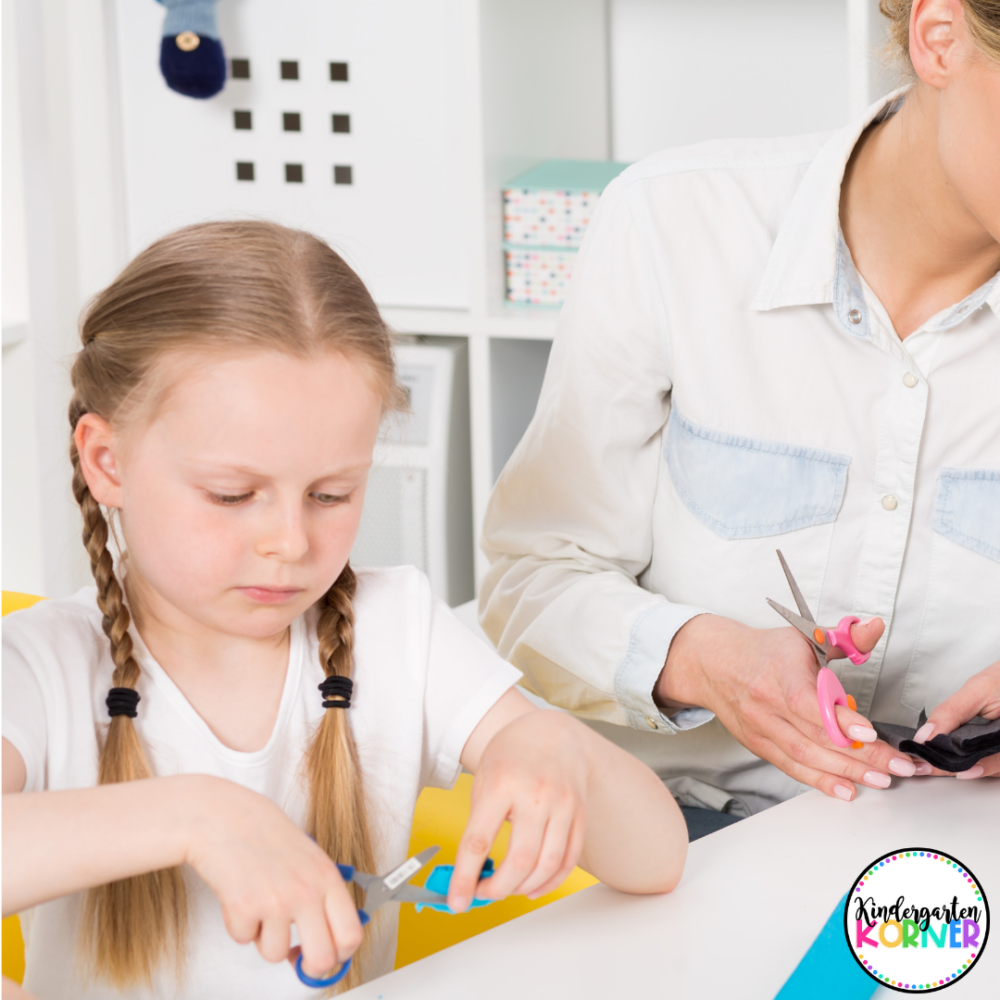
Photo Credit: Canva
The Research Behind the Vision

I began to wonder whether other early childhood and primary teachers were experiencing the same issues with their students. After doing extensive research on the subject, I learned that teachers across the nation are faced with the same problem. Research suggests that technology is most likely to blame with iPads and video games replacing hands-on play activities of the past. As kindergarten teachers, we now have to teach many basic skills that should have been already mastered. This takes away valuable instructional time.
Fingergym.info.com is an excellent resource for more information about fine motor weakness in children. The site points out the risk of children moving forward in the educational system without developing these vital skills. Potential risks include “refusal to participate in activities, avoidance techniques, anger outbursts, and anxiety and depression associated with a lack of competence in motor activities.”
Parents of children who struggle with fine motor skills will often request writing practice pages from me. However, worksheets are not the answer here. Instead, these students need to first build the hand strength that is necessary for completing writing or cutting tasks. Once they do so, writing should improve as a result.
Morning Work Re-Imagined: “The Fine Motor 15”
I knew something needed to change. Enter what I call “The Fine Motor 15!” I decided to scrap the traditional morning work worksheet and begin each day with 15 minutes of fine motor activities. Taking this one step further, I decided to search for the best products and resources available that would not only work on fine motor skills but would also provide a math or literacy component at the same time. Essentially, I wanted to find tools that would give my students a double dose of learning – fine motor fun with a twist. I found everything I was looking for with Hand2Mind.
Making Hand to Mind Connections
What I love most about Hand2Mind is that the company believes that “children learn best by doing.” I could not agree more! I felt that their mission statement directly aligned with the passion behind this project of mine. I searched their website for the products I needed to put “The Fine Motor 15” into action.
The benefits of beginning the day in this new way have been endless. This precious time allows my students to strengthen the intrinsic muscles of the hands and get their brains into the “Ready to Learn” mindset for the day. They are learning in the best way possible by making hand to mind connections. My students enter the room each day eager and excited to see what Hand2Mind materials they get to explore that morning. It truly sets the tone to make every day a great day!
Here Are Some of my Students’ Fine Motor Favorites by Hand2Mind…
Word Construction
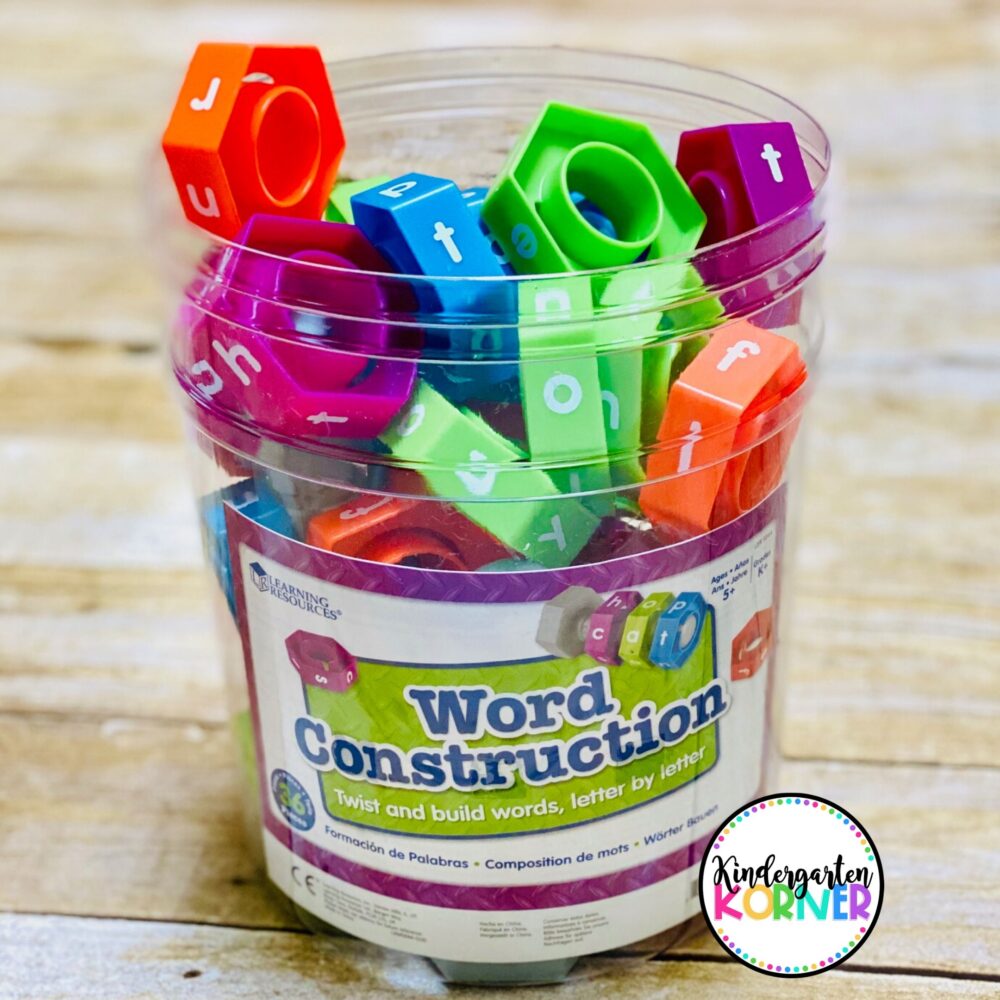

My kids love this Word Construction set from Hand2Mind, and I love that it incorporates fine motor and reading at the same time! I use this both for fine motor centers and my small group reading table. These tools take word building to the next level!
Letter Construction Set
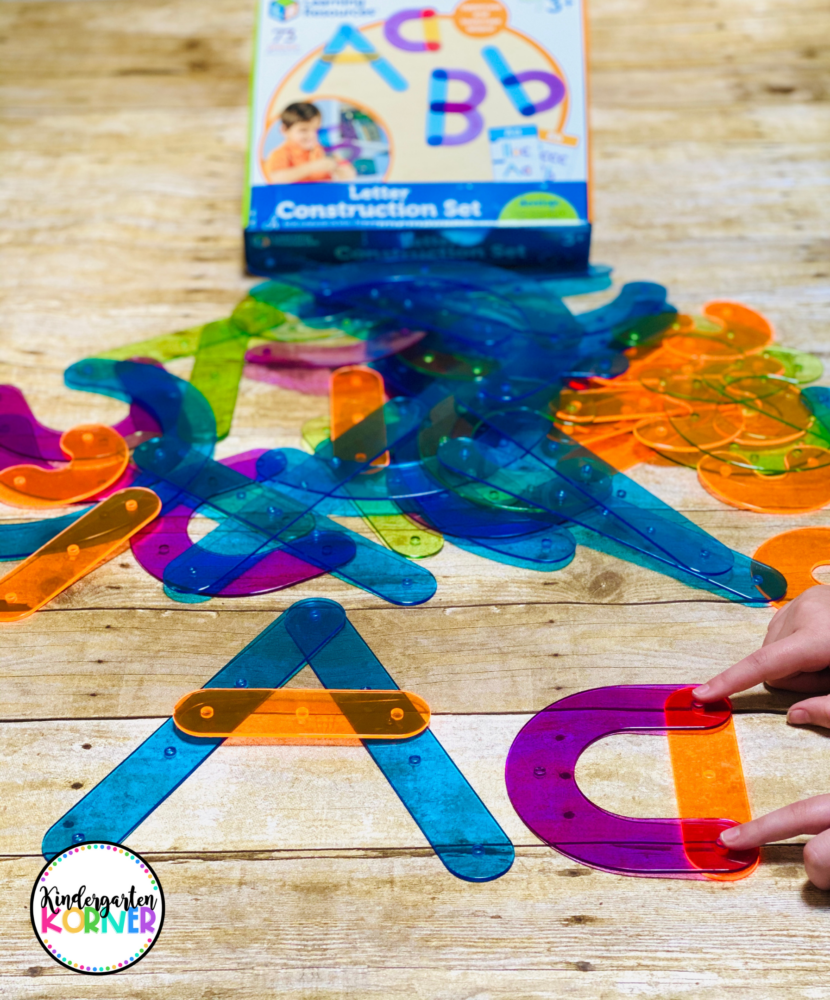
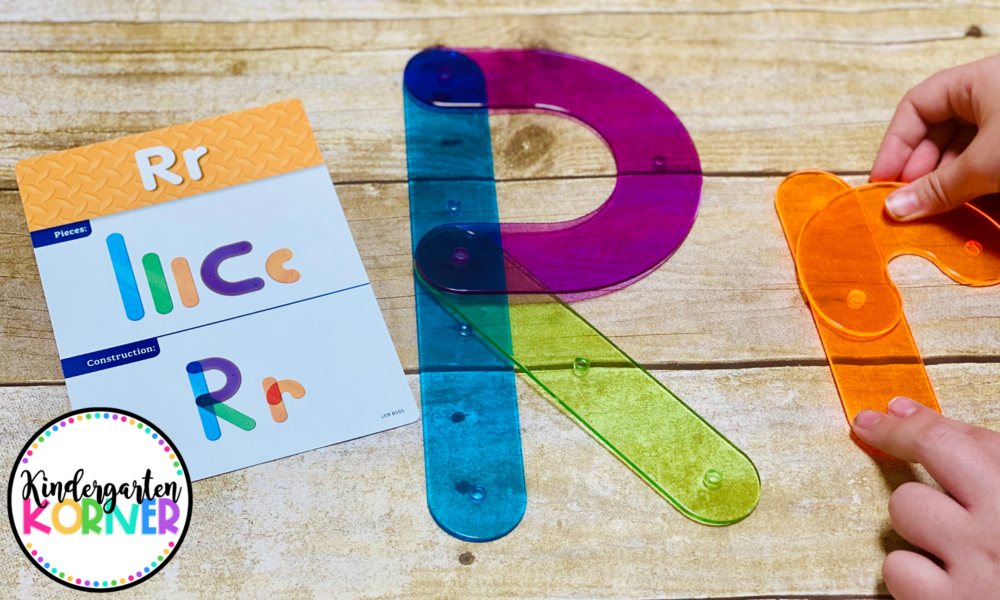
This product is essential for pre-k and kindergarten classrooms. It reinforces proper letter formation and letter recognition for both uppercase and lowercase letters.
Attrilinks
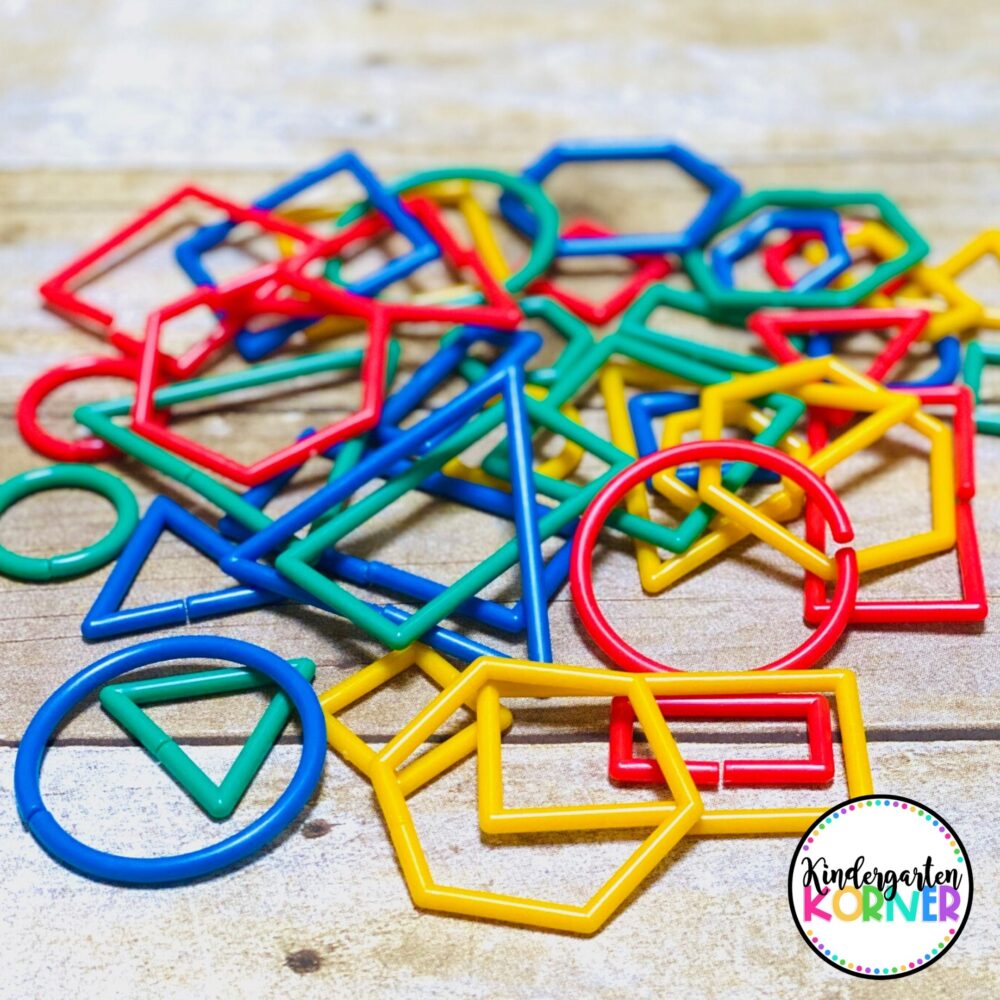
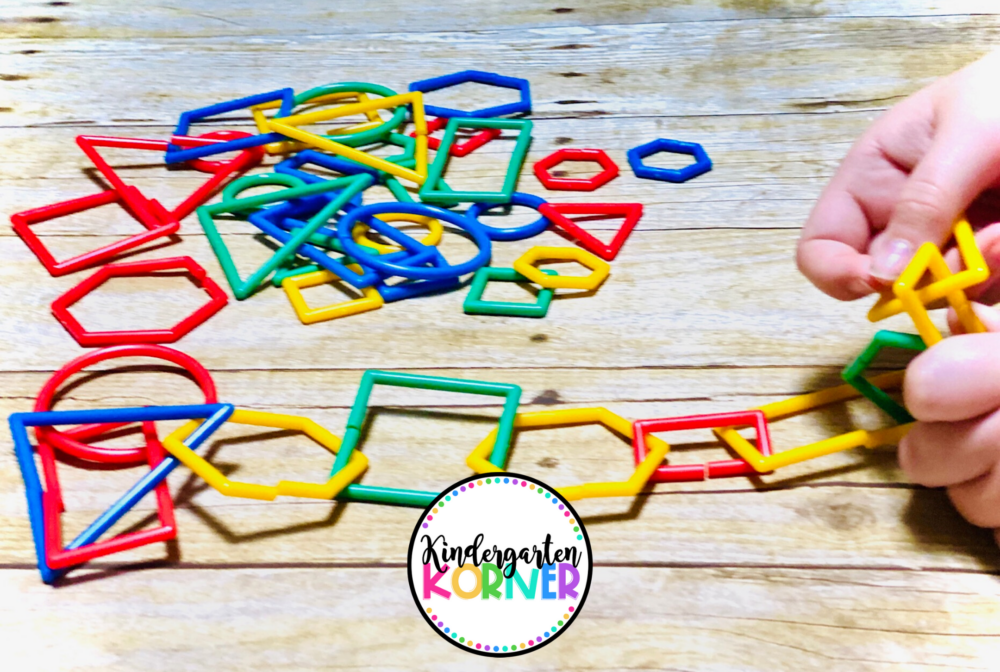
Attrilinks tie in perfectly with our Geometry Unit. They help students grasp the concept of shapes and their attributes through hands-on activities.
Play Foam Shape and Learn Numbers Set
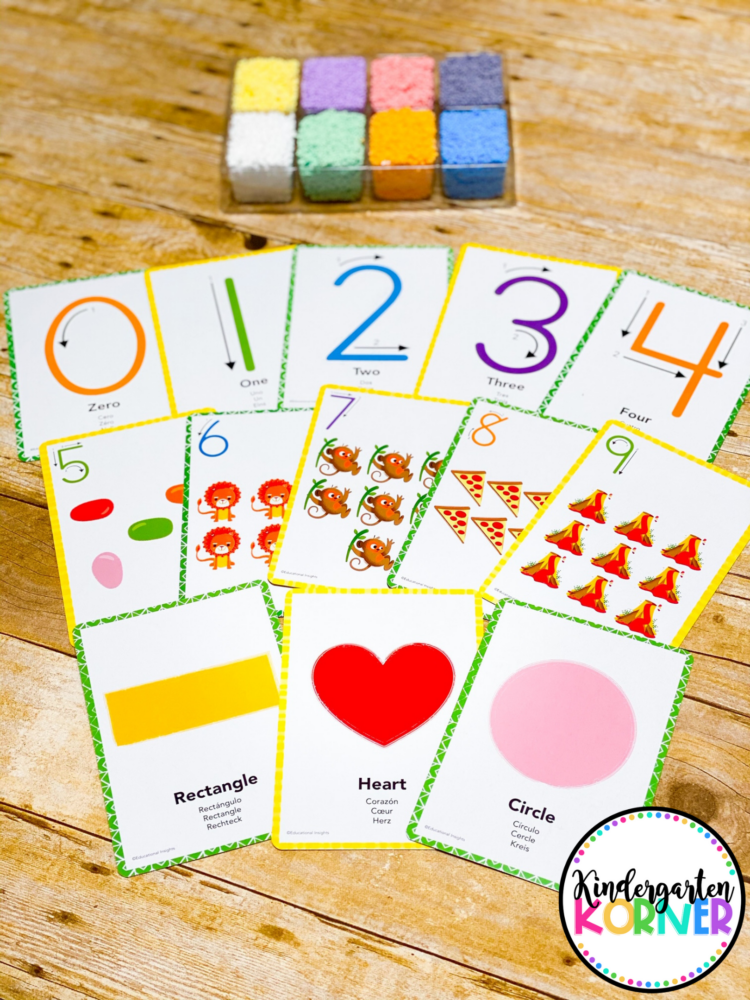
I use this set both at home with my youngest and in the classroom with my kindergarteners. Kids love the shaping foam! The cards are great for practice with one-to-one correspondence as well as shape and number identification and formation. 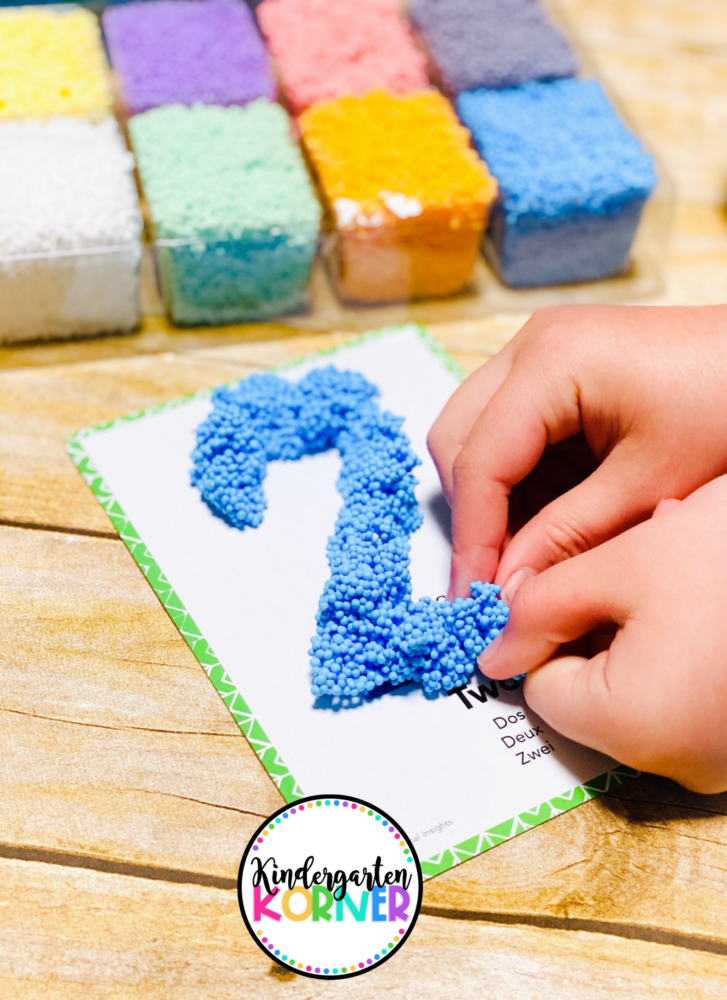
Jumbo Reading Rods
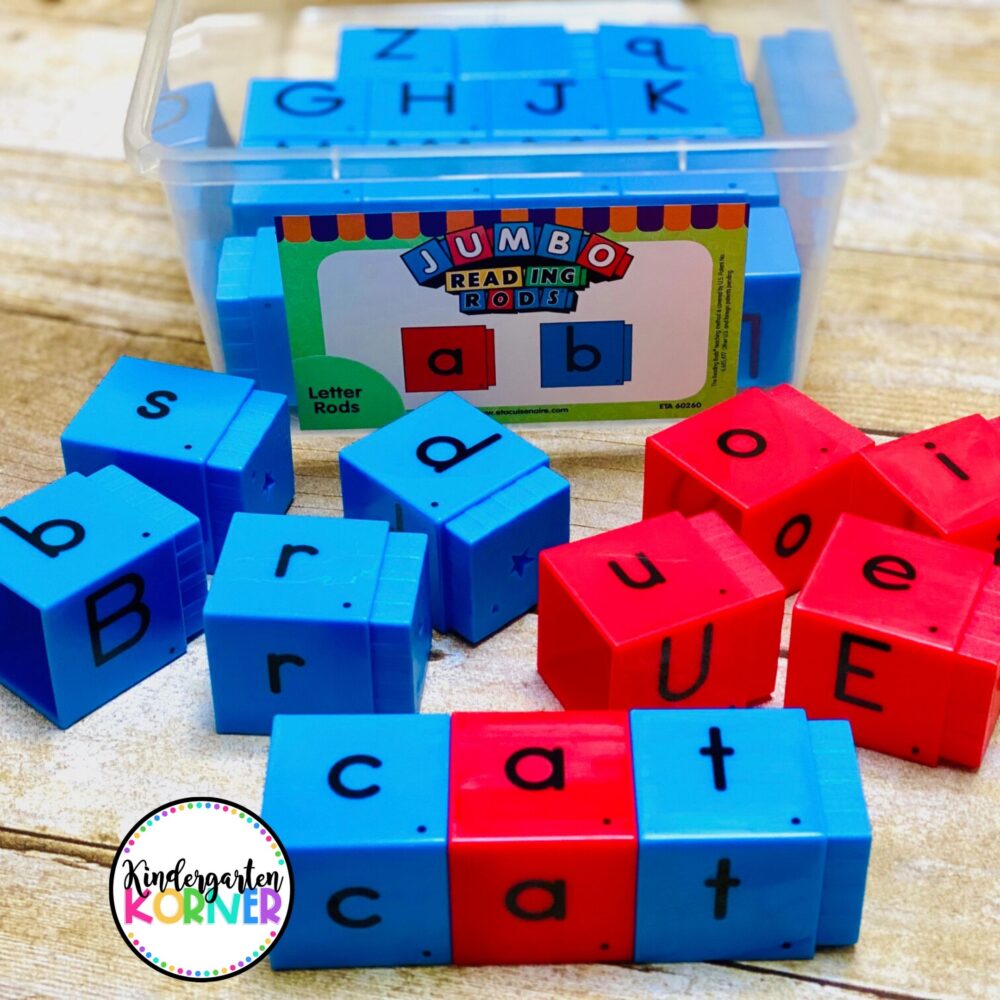
Jumbo reading rods are one of my top teacher-picks! I like how the blocks include both uppercase and lowercase letters. I use these for word building activities. Students learn to place the red vowels in the center of words. I have them build CVC words and write the words on a whiteboard for handwriting practice.
Super Sorting Pie
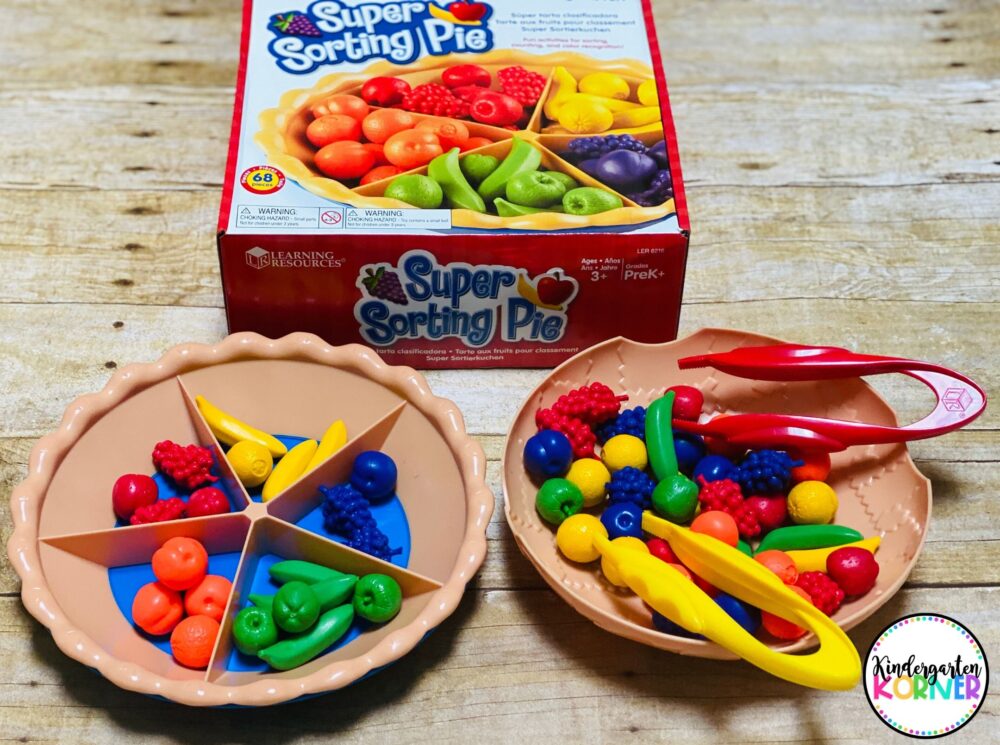
Sorting is one of the first concepts I teach in math. The Super Sorting Pie is a math and fine motor must-have! Using tweezers to build hand strength, students learn to sort by numbers, colors, or by the type of fruit.
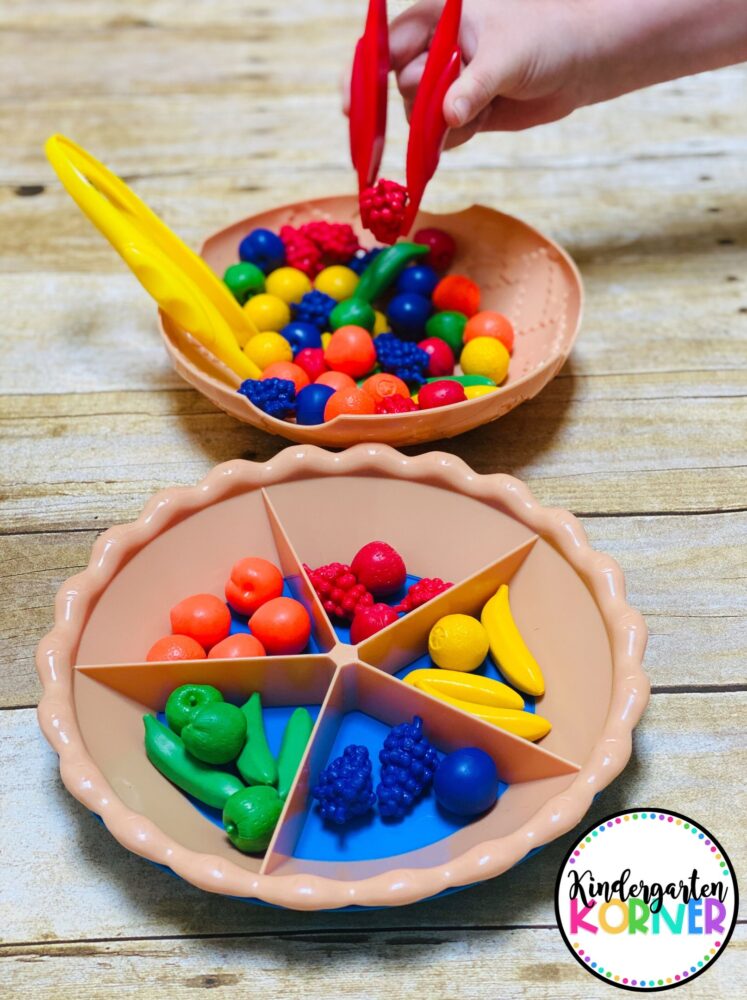
Lowercase Lacing Alphabet
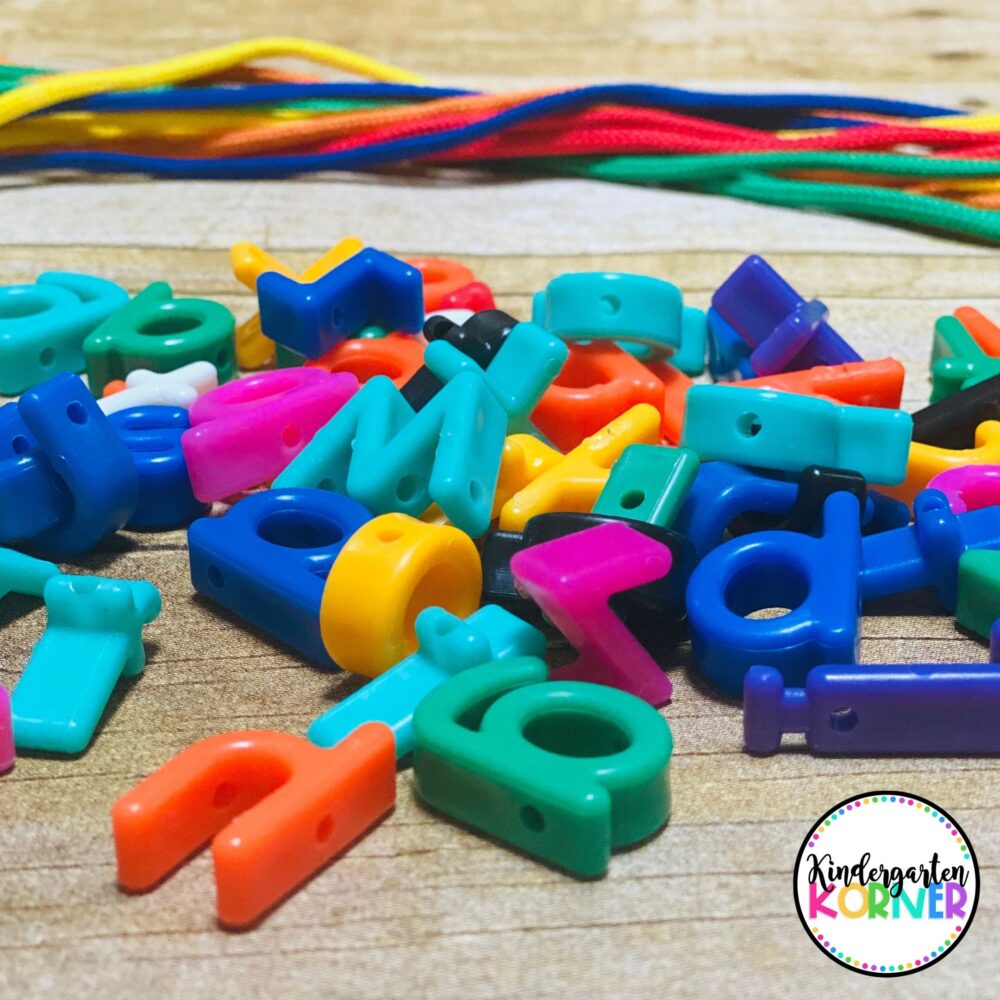
Learning lowercase letters is often challenging for many children. This lacing set is great for having students work on letter recognition and building words.
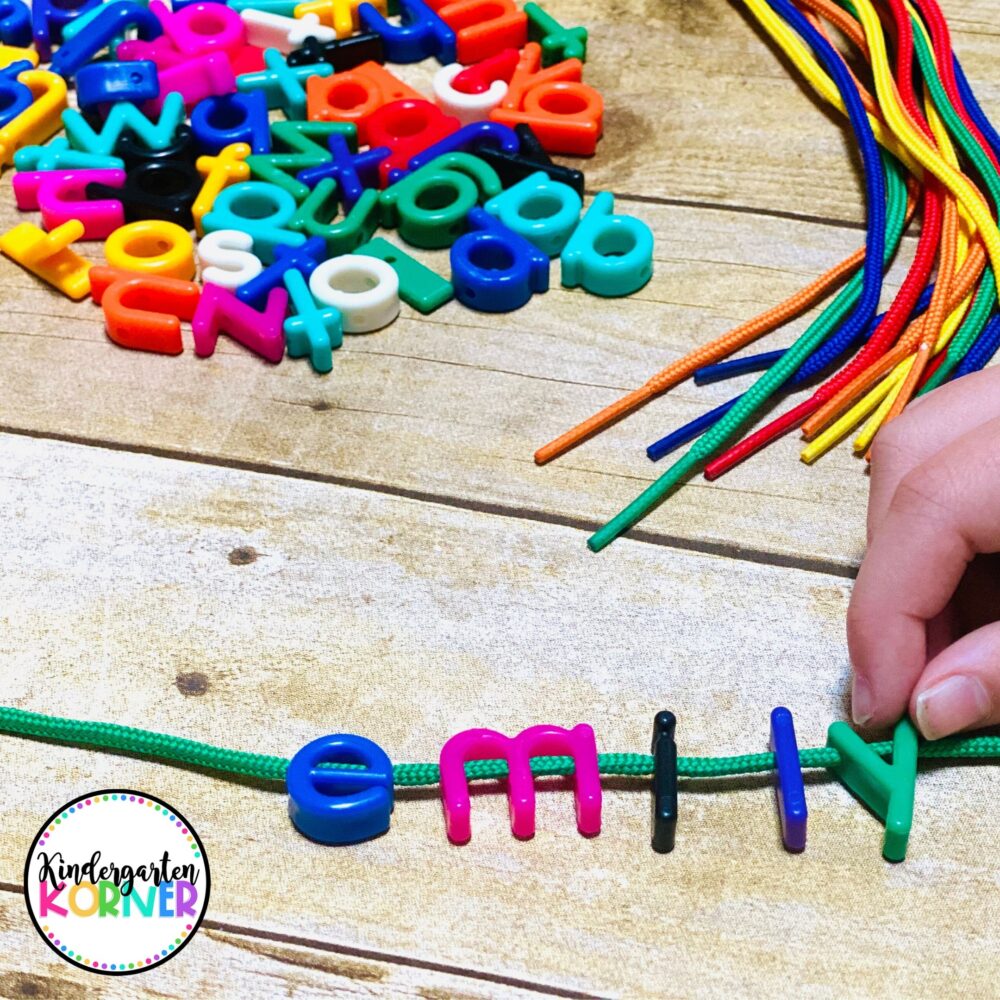
Helping Hands Fine Motor Tool Set
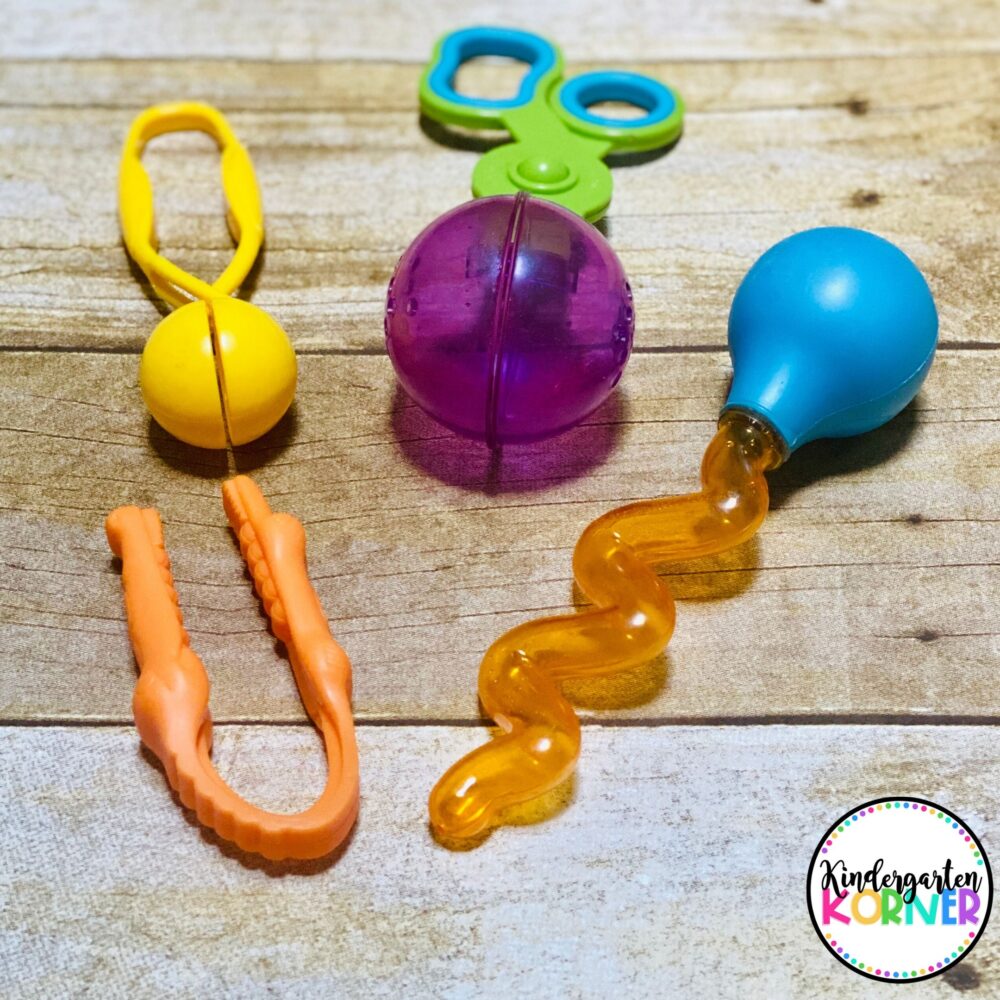
The possibilities are endless with this Helping Hands Tools Set. I even recommend this set to my students who really struggle with fine motor skills. The scoopers are a kid favorite! Tweezers are perfect practice for moving and counting objects, and the dropper is fun for mixing different colors of water.
Wikki Stix
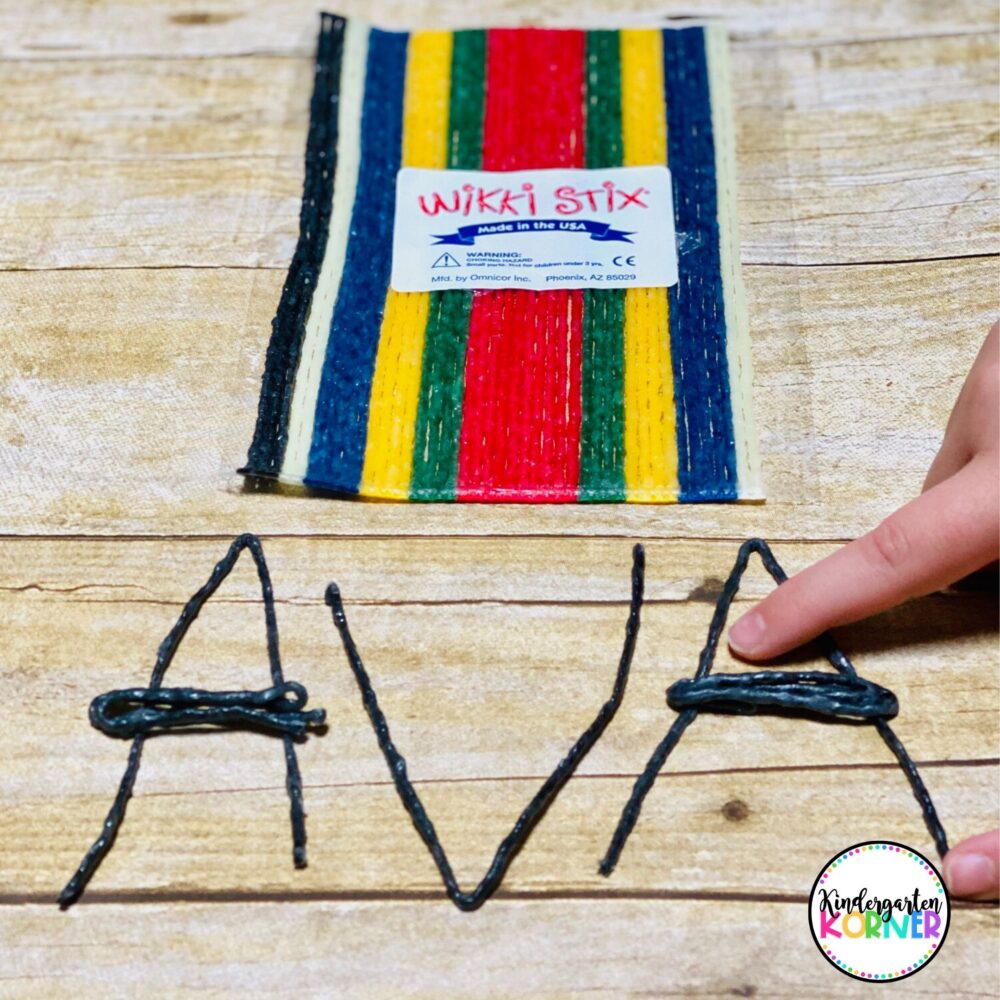
You can’t go wrong with Wikki Stix. Students can bend these any way to form letters, words, shapes, and more!
Click HERE to view these FINE MOTOR FAVORITES and more by Hand2Mind!!
The “Fine Motor 15” Post-COVID-19
Whether we return to the classroom this August or at a later date, many routines of the past will indeed look different. Individual supplies will need to replace what used to be community supplies for cooperative learning. The “Fine Motor 15” has been such a positive change to my morning routine. I don’t want to give up this precious time to begin each day, yet safety measures will need to be put into place. I recommend using whatever storage you already have to create individual student kits. If you’re looking to add more storage, this Classroom Makerspace Cart by Hand2Mind has large drawers that slide out and can be wiped clean. You could put numbers on the drawers, and assign each student a number. In each drawer, you could place a mix of different fine motor manipulatives to give students a choice.

These STEM BINS by Hand2Mind are also perfect for individual use. They include 18 different manipulatives to use with open-ended STEM activities and make the perfect ready-to-go fine motor centers! You could assign one STEM bin per student to use for a week, sanitize, and switch each student’s bin the following week.
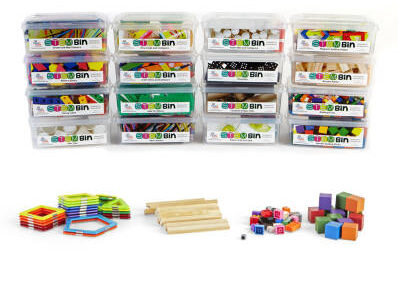
While solo-play may not be ideal, there are ways to make “The Fine Motor 15” work once we return to our classrooms post-COVID-19.
The Benefits of Increased Fine Motor Activity
Dedicating a short time to fine motor play each morning will pay off in the long run. Students will possess the hand strength necessary to tackle any fine motor or writing task thrown their way. Teachers will gain back valuable instructional time. It’s a win-win for sure!
Today, there is so much pressure to teach all of the standards that we sometimes forget how important it is to lay the foundation before constructing the building. Thanks to Hand2Mind’s amazing products, “The Fine Motor 15” has allowed me to lay a solid foundation for my kindergarten students. I am so glad that I made the switch from the traditional morning worksheet and shifted my focus to making meaningful hand to mind connections.
CLICK HERE to shop my Fine Motor Favorites by Hand2Mind!
Have you made the switch from traditional kindergarten morning work?
Comment below. I would love to hear what morning work looks like in your classroom!
Check out my Kindergarten Korner Blog for more ideas for your primary classroom!



1 Comment on The Fine Motor 15: Begin Each Day Making Hand to Mind Connections